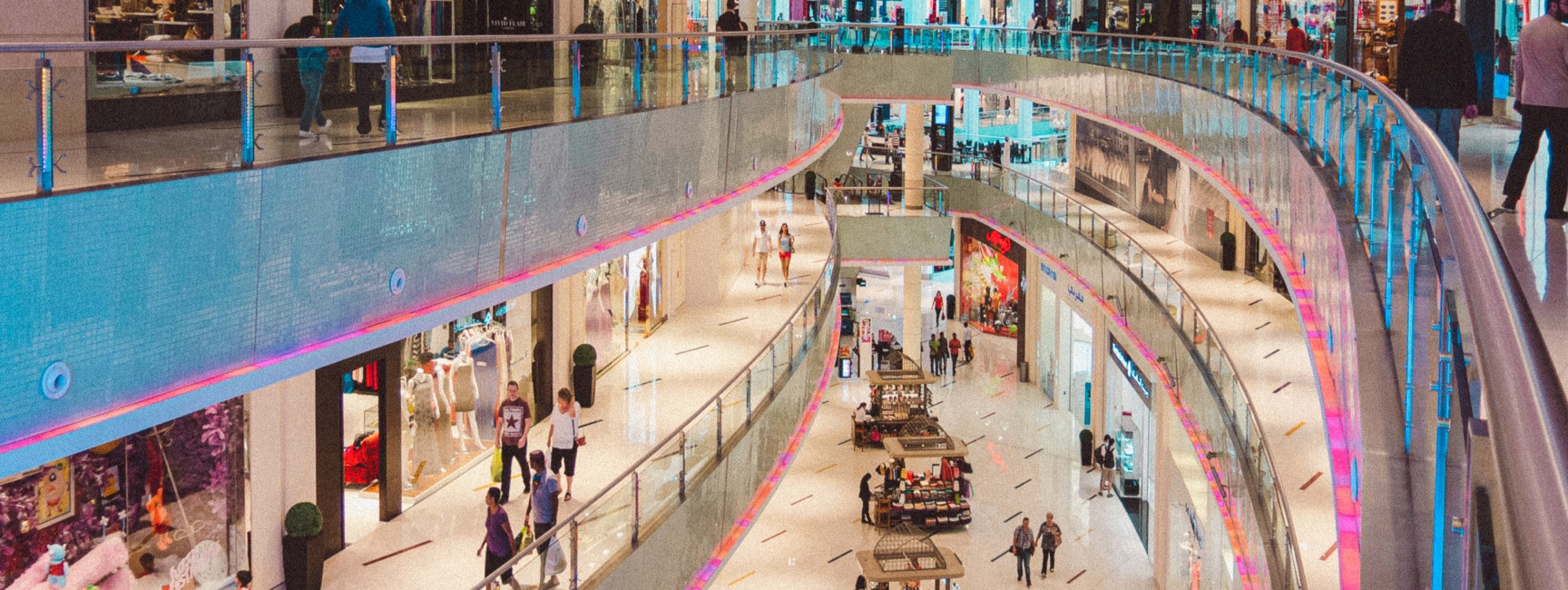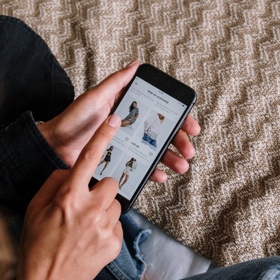Back in my day (a mere ten twenty years ago) the retail experience was essentially was three steps:
- Drive the customer to the store
- Customer browses
- The customer makes a purchase

Fast forward and access to the internet produced a major shift in buyer behavior where consumers would browse in a retail store, but make the actual purchase online. This is called “showrooming” and it was a challenge for many retailers.
Research is now showing that the old is new again, and consumers prefer to research online (either before they head to the store or even while they’re IN the store) and then purchase in brick-and-mortar stores. This pre-shopping activity is called reverse showrooming, or webrooming.
Reasons for webrooming/reverse-showrooming/pre-shopping:
- Consumers want to try, look at, and/or feel the product prior to purchase
- They don't want to pay shipping costs
- They want to check the inventory online, so they know it's available in-store
According to Adweek, “Nearly 80% of local searches on mobile devices turn into purchases, with nearly 73% of those purchases being in a physical store.”
What percentage of customers shop online prior to visiting a store?
Globally: 91.4% of consumers exhibit the behavior of webrooming, while 83.8% engage in showrooming. (June 2021 – iVend Retail)
In the U.S.: 69% of reverse showroom, while 46% showroom according to a Harris poll. And it’s not just the younger consumers, millennials are also reverse showrooming for everything ranging from electronics, shoes, sports equipment to cosmetics.
What are the wants and behaviors of the consumer?
- 71% of shoppers agree that it is important or very important to be able to view inventory information for in-store products. (Forrester)
- 39% of consumers are unlikely or very unlikely to visit a retailer’s store if the online store does not provide physical store inventory information. (Forrester)
- 56% of consumers have used their mobile device to research products at home with 38% having used their mobile device to check inventory availability while on their way to a store and 34% who have used their mobile device to research products while in a store. (Forrester)
How has this changed and will continue to change?
In 2019, a GE Shopper Research study reported that 81% of consumers go online before heading out to the store, up 20% from the previous year, so we can see that this has increased since the pandemic.
I predict that this will continue to increase this year (2022) due to the increased cost of living and consumers wanting to save where it counts.
The same study reported that the buyer also spends an average of 79 days gathering information before making a major purchase. As prices increase, I anticipate seeing the information gathering increase for smaller purchases as consumers attempt to hold on to their money.
What does this mean for the retailer?
- Omni-channel is the way to gain and retain the consumer.
- Make sure the mobile shopping experience is beyond seamless for the consumer.
- Display your inventory availability and don’t skimp on product details, descriptions, or high-quality images for your site.
- Consumers will increasingly expect to see data and availability for all products, but especially for major purchases and purchases for the home.
As a retailer, you must continue learning and growing with your customer with a willingness to do new things like incorporating more of your products with inventory data into your website, but also including an “old-fashioned” customer experience to go along with it.




